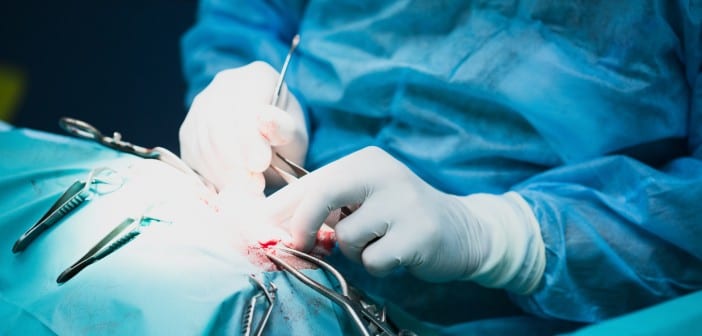When abortionist Lisa Perriera committed an abortion on 22-year-old Lakisha Wilson in 2014, Wilsons’s unborn child was not the only fatality of the act. The abortion was committed at Preterm, a notorious abortion mill in Cleveland, Ohio. Wilson, who was well into her second trimester of pregnancy, suffered cardiac arrest on the abortion table and was later placed on life-support at a nearby hospital. Perriera not only completed the abortion before attending to the woman dying on her table, but she and her staff also waited thirty minutes after Wilson’s emergency began before calling an ambulance, according to 911 records and Wilson’s medical records.
When she arrived at University Hospital Medical Center, staff attempted to treat Wilson, but ultimately she was placed on life-support in the hospital’s Intensive Care Unit and pronounced “brain dead.” The organ procurement organization (OPO) Lifebanc then began what would be a drawn-out crusade to harvest the abortion victim’s organs for transplant.
Wilson had ticked the box on her driver’s license renewal form indicating that she would like to become an organ donor. However, Wilson’s father vehemently opposed the harvesting of his daughter’s organs. Her father wanted his daughter’s death investigated, and insisted in a hand-written note appended to Wilson’s Lifebanc file that Wilson “died under suspicious circumstances,” and that Lifeband personnel were “strongly aware” of his concerns.
The next day, however, Lifebanc proceeded with the organ harvesting despite what have been called “ethically dubious” grounds for doing so. Because Wilson’s organs were healthy and in high demand, virtually all of her vital organs and tissues were removed from her body. This posed a conundrum for the Cuyahoga County Coroner, who was unable to release a thorough autopsy due to the partial cadaver that was sent to him.
Operation Rescue notes that the aborted baby’s remains, to which the coroner did not have access, may have provided clues to what went wrong on Wilson’s abortion table that fateful day in March. Instead, the coroner was forced to rely on abortion mill Preterm’s version of what happened as relayed in the medical records they provided to the coroner, and not on examination of the child’s remains.
The baby’s gestational age, for example, could have shed light on Wilson’s catastrophe. While Preterm dated Wilson’s pregnancy at 19 weeks gestation, a different facility had estimated that Wilson was closer to 23 weeks. And 3 to 4 weeks can usher significant change in terms of gestational development – in Wilson’s case, for example, 19 and 23 weeks is the difference between having extremely low changes of surviving outside of the womb in the case of a live birth, and a much more significant chance of survival at 23 weeks. In other words, firsthand knowledge of how far along Wilson was could have been valuable information to the coroner.
The coroner concluded that Wilson died of complications from cardiac arrest, and because cardiac arrest is a known risk of abortion, the abortion mill and abortionist were free to continue conducting business as usual in the wake of Wilson’s demise.
Why did Lifebanc override Wilson’s father and harvest the young woman’s organs with only the permission of a box Wilson checked when renewing her driver’s license two years earlier? Operation Rescue suggests that, like cases of organ procurement from aborted children, money is a forceful motive. Lifebanc, a “nonprofit,” concluded fiscal year 2013 with net assets of more than $14M, and the organization’s CEO pockets a nearly $300,000 annual salary.
Proceeding with Wilson’s organ harvesting in spite of her father’s refusal to consent and in spite of the fact that an incomplete cadaver would hamper investigation into Wilson’s cause of death, Lifebanc made a conscious and likely very profitable choice.
Please read Operation Rescue’s full report, here, for in-depth coverage of this story.

